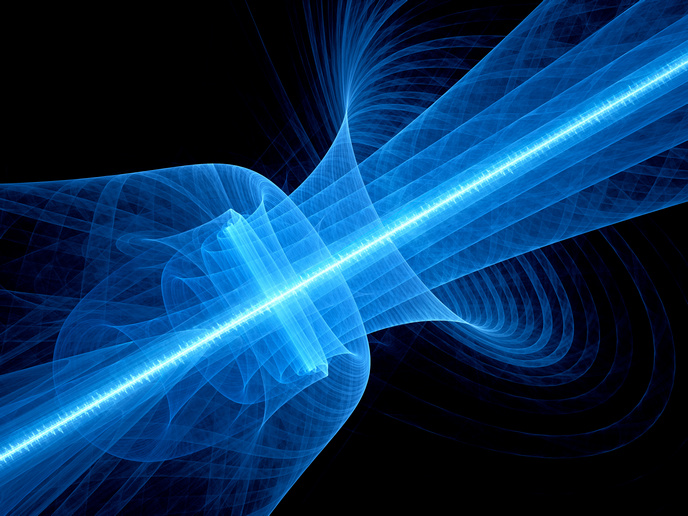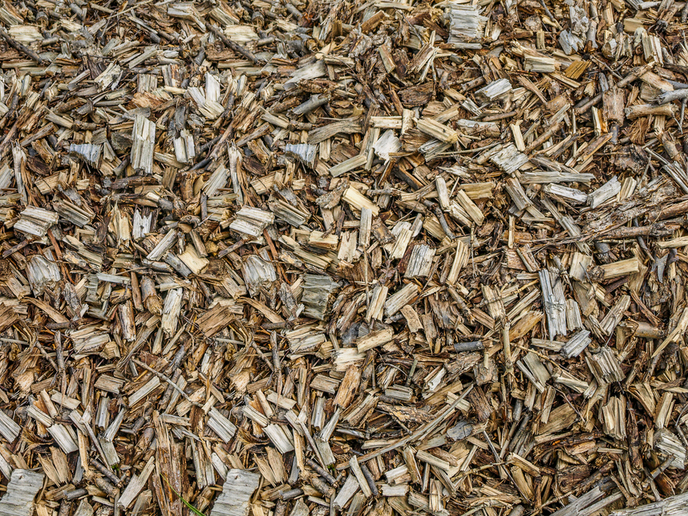Unifying aspects of classical and quantum mechanics
Phenomena present in both classical and quantum mechanics are generating intense interest for their potential applications to spintronics, quantum computing and more. Techniques and experiments possible within the realm of modern optics, including photonics, provide the opportunity to test quantum mechanical ideas in classic mechanical (optical or electromagnetic (EM)) systems. Scientists initiated the EU-funded project 'Geometrical aspects of spin and vortex dynamics in electromagnetic and matter waves' (SPIVOR) to analyse the similarities in spin and vortex dynamics in classical and quantum mechanical systems. Spin is a strictly quantum mechanical entity of elementary particles, an intrinsic form of angular momentum having nothing to do with rotation (in contrast to orbital angular momentum) and quantised in discrete values. It is also characteristic of electrons and of photons, the quantum unit of EM radiation. Most particles with spin have a magnetic moment, and quantum mechanical magnetic vortices — small hurricanes of magnetism a few atoms across — have attracted intense interest for their potential application to magnetic memory storage. SPIVOR addressed the issues of spin-orbit coupling (SOI) and angular momentum (AM) in optics and quantum mechanics with potential applications to fibre optics, metamaterials (those with properties not seen in nature) and remote sensing of turbulent atmosphere. Researchers developed theoretical descriptions of phenomena that were then tested experimentally for verification. Results unified previously disjointed issues, highlighting fundamental interrelationships between them and enabling a profoundly deeper understanding of SOI and AM in optical and electron waves. In addition, the project developed novel methods for manipulating and measuring phenomena in materials and nanostructures that will no doubt advance interrelated fields such as opto-electronics, magneto-electronics and spintronics. SPIVOR has revealed the unifying nature of spin and vortex dynamics in classical light and quantum mechanical electron waves for deeper fundamental understanding and a plethora of exciting applications.







